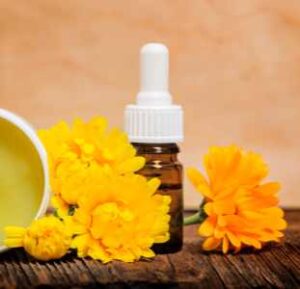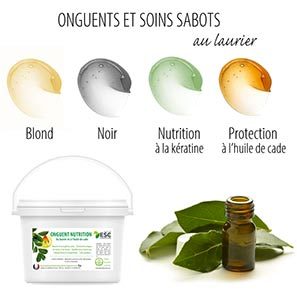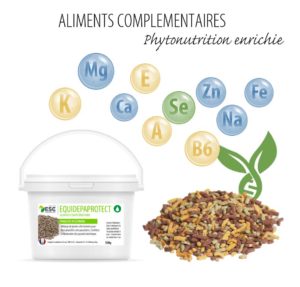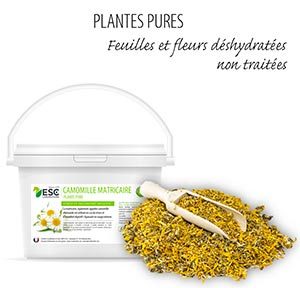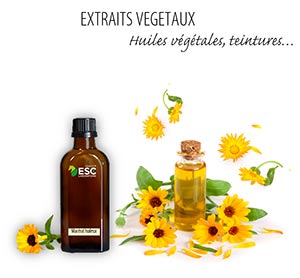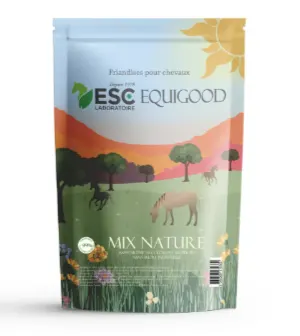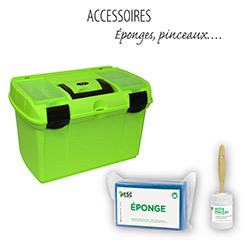Most of our products are formulated with aqueous compounds (freezing, hydrolats...) or contain water (in our creams, lotions, gels...). However, the presence of water leads to the development of bacteria, yeasts, fungi, molds... These products represent a real culture environment which must then be preserved from microbiological development. Indeed, a care product cannot protect itself from aging and naturally deteriorates: the smell can "turn", texture and color change... This deterioration of the product may even be dangerous in some cases.
It is therefore essential to add preservatives to protect the formula from external microbiological contamination and extend life product. Storage can range from 2-3 years for an unopened product and from 6 months to 1 year once open.
In addition, even in organically certified cosmetics or care products, a minimal amount of synthetic ingredients is allowed: they are usually used in the manufacture of preservatives and pH adjusters. The law requires that any cosmetic placed on the market be capable of protecting itself from external microbial contamination. The permitted preservatives in organic cosmetics are limited and must meet 2 requirements: be effective and very soft in order to respect as much as possible the balance of the bacterial flora naturally present on our skin and that of animals.
Which preservatives we use and why?
At ESC Laboratory, we chose to use two compounds in combination: Sodium benzoate and potassium sorbate.
Their acidic forms (benzoic acid and sorbic acid) act as preservatives. We therefore ensure that the pH of the preparation is acidic (less than 6) so that the compounds are predominantly in their effective acid form. Moreover, the average pH of the horses' skin is 5, these preservatives are perfectly suited to the formulation of our products, soft and respectful of the horse's skin and its natural acidity.
These compounds are naturally occurring organic acid derivatives, hence their name nature-like But they are very little bio-available, which is why it is necessary to synthesize them in the laboratory. They are allowed in organic cosmetics.
- The potassium sorbate is a natural preservative found in many plants, including Cranberry. It is very effective at low doses: this is the advantage of using little.
- The Sodium benzoate is a derivative of benzoic acid which is naturally found in Benjoin resin.
The Sodium Benzoate and Potassium Sorbate Complex is a synergistic mixture with anti-microbial activity that effectively fights bacteria, yeasts, fungi and moulds.
These compounds are found in many human cosmetics, animal care products and food products.
There are also 100% natural preservatives such asgrapefruit seed extract, leucidal (from the fermentation of radishes), Naticide... But they have the disadvantage of offering in time only a very limited conservation (about 1 month) and not being effective both on bacteria, yeasts and moulds, so they are not used alone by industrialists. For good efficiency these 100% natural preservatives should be combined with synthetic preservatives.
Conclusion
Now you know why we use preservatives in our external care products and where they come from. The addition of these low-dose preservatives allows us to protect our products from contamination from the outside environment so that they remain stable over time and maintain their maximum efficiency in treating your horses without being dangerous.


